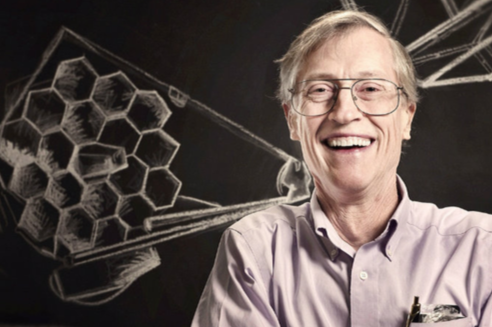Public Talk by Dr. John Mather
Astrophysicist, NASA Goddard Space Flight Center
(Nobel Prize in Physics, 2006)

The History of the Universe from the beginning to the end: where did we come from, where can we go?
Synopsis: Where did we come from, and where are we going? I will outline the history of the universe from its early moments in the Big Bang, to the possible end. Our history is full of beneficial catastrophes, and we wouldn't be here without them: stars explode, the Moon is formed in a giant collision with the Earth, the Earth is bombarded by asteroids and comets for hundreds of millions of years, and multiple extinction events through hot, cold, poison, and asteroid impacts cause rapid evolution of life. But here we are, our ancestors survived and thrived through it all. Now, we can tell the story, we can look for more details, and we can begin to adventure through the solar system and eventually beyond, in partnership with a new entity, artificial intelligence coupled with robotics. Scientific discovery has been propelled by competition (including war) for thousands of years, so it’s immensely important to public policy. I will illustrate with examples from NASA, including our measurements of the Big Bang, discoveries with the Hubble, and future telescopes like the James Webb Space Telescope (planned for 2018 launch) and beyond. Within a few decades, we may know that life is common in the universe, or perhaps not.
Post-Event Observing Session
There will be a reception immediately following the Public Talk on Tuesday at the Keene Faculty Center and a Public Observing Session, weather permitting, at the UF Campus Observatory.



